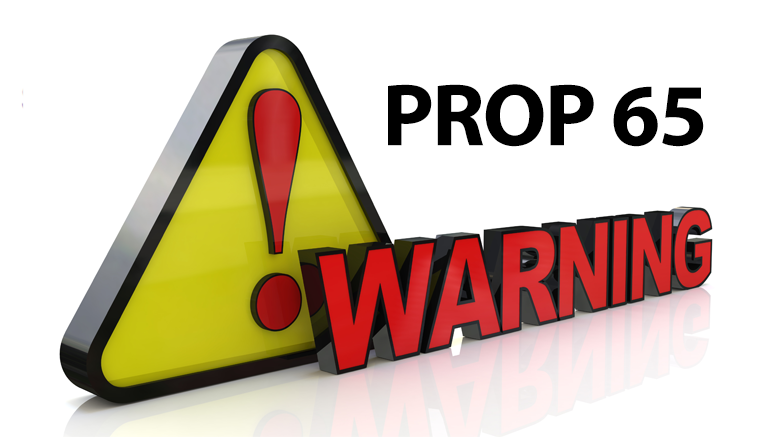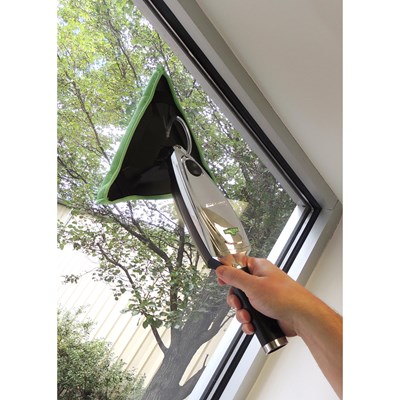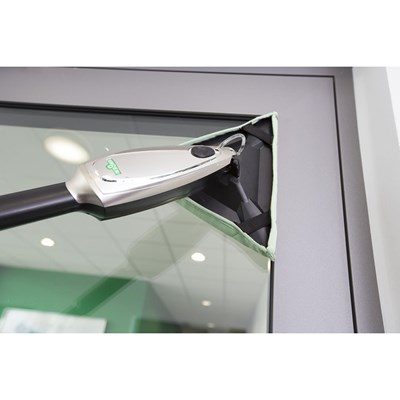Stingray Indoor Cleaning Kit - Handheld
Quick Overview
- Superior Cleaning Power : Lint free, easy glide microfiber collects dust, fingerprints, grease & other light dirt.
- Elastic straps in each corner to secure the pad in place.
- 1 inch deep microfiber edge for simultaneous cleaning of windows and frames.
- Plug & Go : Refilling is simple and quick. increasing productivity.
- Robust, articulating joints makes cleaning hard to reach areas easier.
Show More
Cleaning professionals face two key challenges - efficiency and safety.
Current tools lead to time consuming issues like re-arranging furniture
and reaching high or unusually positioned windows.
Unger Stingray increases productivity by eliminating time spent moving furniture or climbing ladders.
- Effortlessly apply glass cleaner at the push of a button at any height.
- 3M Scotchgard cleans & protects. Streak free cleaning. Fast drying.

Proposition 65 requires businesses to provide warnings to Californians about significant exposures to chemicals that cause cancer, birth defects or other reproductive harm. These chemicals can be in the products that Californians purchase, in their homes or workplaces, or that are released into the environment. By requiring that this information be provided, Proposition 65 enables Californians to make informed decisions about their exposures to these chemicals. Proposition 65 also prohibits California businesses from knowingly discharging significant amounts of listed chemicals into sources of drinking water. Proposition 65 requires California to publish a list of chemicals known to cause cancer, birth defects or other reproductive harm. This list, which must be updated at least once a year, has grown to include approximately 900 chemicals since it was first published in 1987. Proposition 65 became law in November 1986, when California voters approved it by a 63-37 percent margin. The official name of Proposition 65 is the Safe Drinking Water and Toxic Enforcement Act of 1986.
The list of chemicals contains a wide range of naturally occurring and synthetic chemicals that include additives or ingredients in pesticides, common household products, food, drugs, dyes, or solvents. Listed chemicals may also be used in manufacturing and construction, or they may be byproducts of chemical processes, such as motor vehicle exhaust. For more information visit www.p65warnings.ca.gov/





















